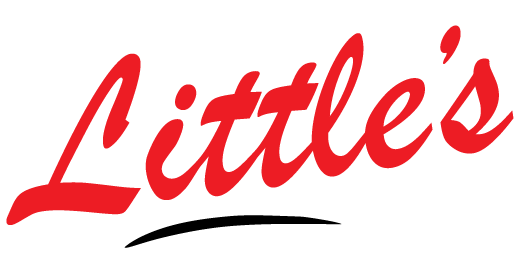
Like anything else, rumors and misinformation abound about septic tanks. Let us set the record straight, in the interest of saving you, the populace, trouble with your system.
Here are the counters to a few common septic-related misconceptions:
- You have to be careful about what goes down the drain. We’ve hit on this topic routinely in this blog, but it really can’t be overstated:don’t dump or flush anything that doesn’t come out of the human body or isn’t specifically labeled “septic-safe.” Just about anything else will create clogs or interfere with the biology and chemistry that make your septic tank go – or both.
- Your tank will need to be regularly pumped. Though there are chemical additives and other products that make the claim they can help septic system owners avoid this, it is a falsehood. Solid waste sits in your tank and must be dealt with on occasion. We at Little’s Septic will be happy to help you set up a schedule for that process to keep that taken care of – without which, you will have backups, flooding and/or clogs, additives or no.
- You do not necessarily have to replace a clogged septic system. Clogs happen, and will almost certainly happen to any property owner, regardless of whether their waste goes to the sewers or a septic tank. Proper maintenance – see earlier point on getting the tank pumped – will restore many tanks with clogging issues. “Jetting” – internal pressure-washing through ports on the end of pipes in your system – can also help with this. Regardless, contact us for a consultation before you make any decisions in this vein.
- You shouldn’t build over top of where your septic tank is located. Find other areas in your yard to construct decks, patios or gazebos, because putting structures of any sort on top of your drainfield will keep it from operating properly and could result in stinking standing water in your yard – no one’s idea of a good time. It would also make it more difficult for professionals to reach your system when – not if – it requires service.

